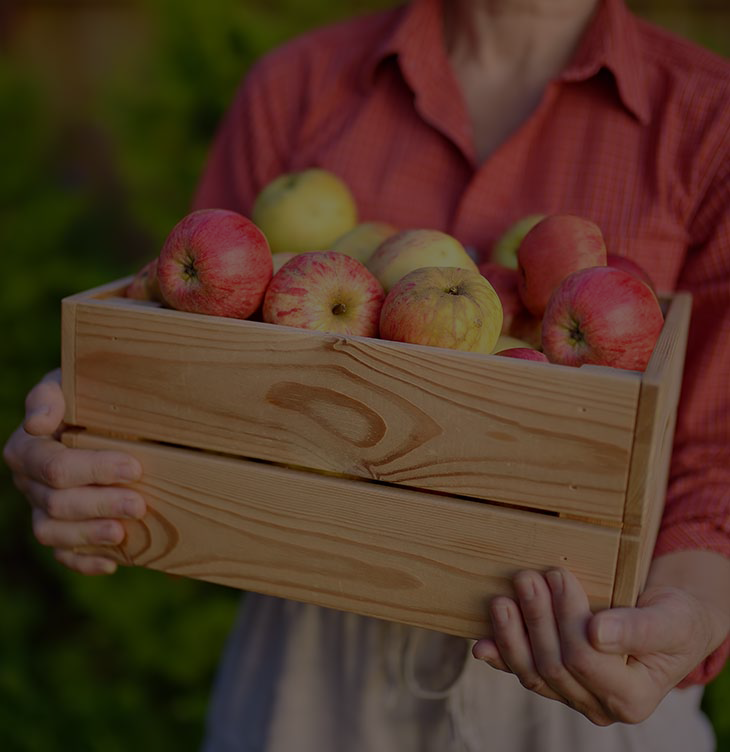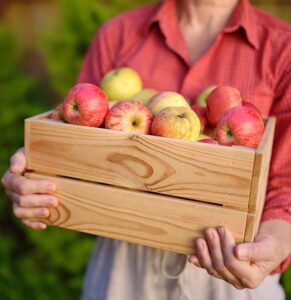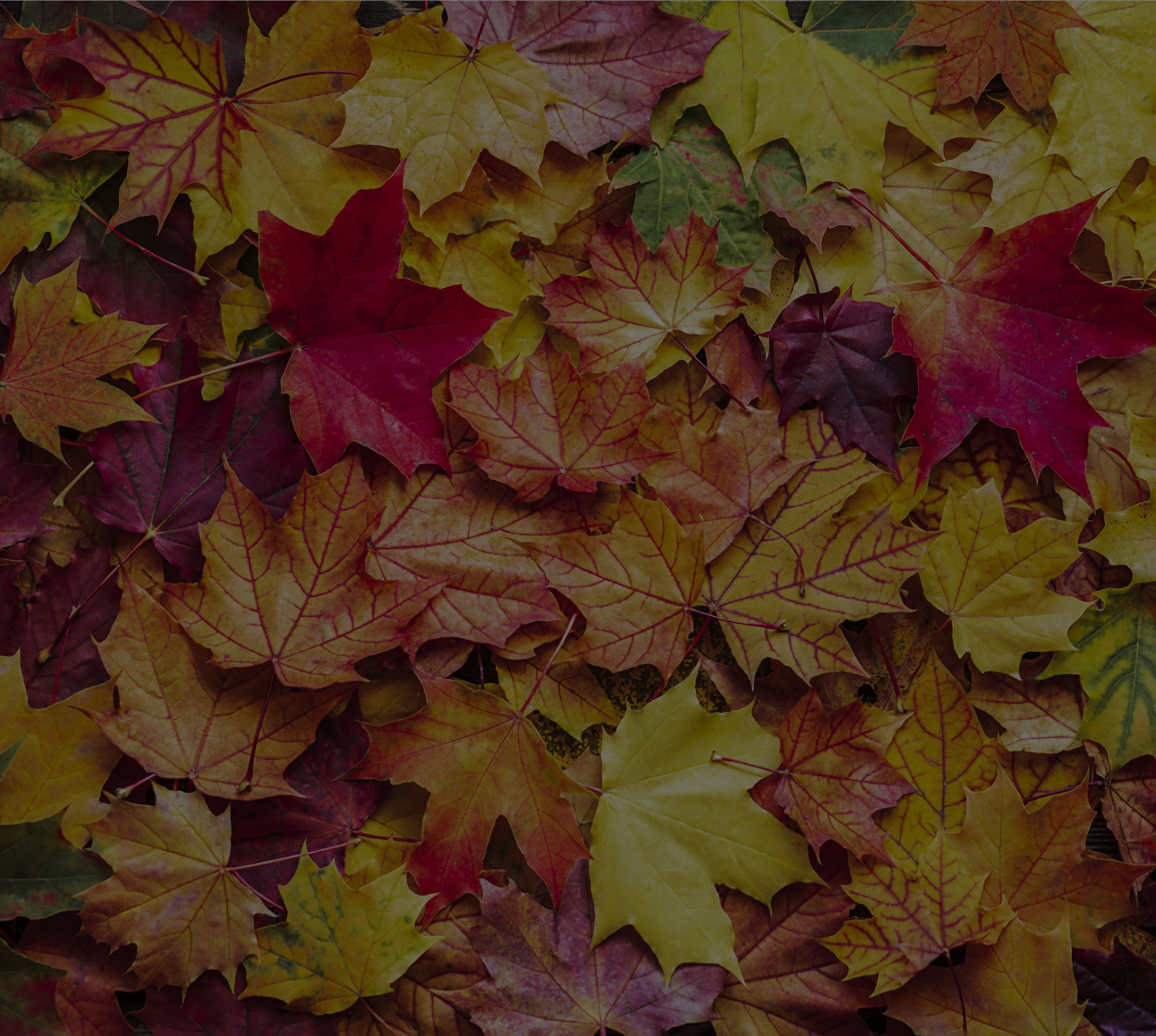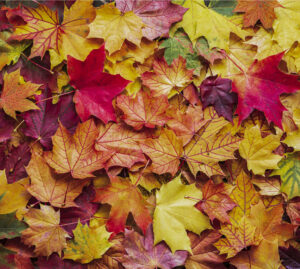From egg to caterpillar, and chrysalis to butterfly, the monarch has one of the most incredible migration stories in the animal kingdom. You may have seen a few of the orange and black-laced beauties around our grounds, floating from flower to flower under the magnificent blue skies of Lake Toxaway.
Monarch butterflies travel over 3,000 miles during their annual fall migration from Northern Canada to their overwintering locations in Southern Mexico and Californian coastline. The monarch is a symbol of spiritual ancestry in Mexico, as they return every fall during the celebration of Día De Los Muertos, remembering the family members that came before. They plant their eggs exclusively on milkweed, a decreasing biomass in many regions throughout the U.S. and Mexico due to over-logging and toxic herbicides. So, how can we help? Planting monarch-loving perennial flowers like milkweed ensures a healthy habitat for thriving butterfly populations.
Each fall season, the monarch graces our presence with colorful splendor; standing out beautifully against a luscious backdrop of changing leaves. As you enjoy your morning coffee, embark on crisp morning walks around the property, remember to look up and appreciate the seasonality of the natural life that surrounds us. Want to learn more? Visit monarchwatch.org to see how you can help the monarch population flourish.




















